Recently, fast-food restaurants have been experiencing increased menu prices in response to rising labor and food costs, which is causing many of their customers to cut back on eating out.
Now sit-down restaurants like Apple Bees and Chili’s are taking the opportunity to try to match the price of fast food with the advantage of having a meal delivered to your table.
Fast-Food Prices
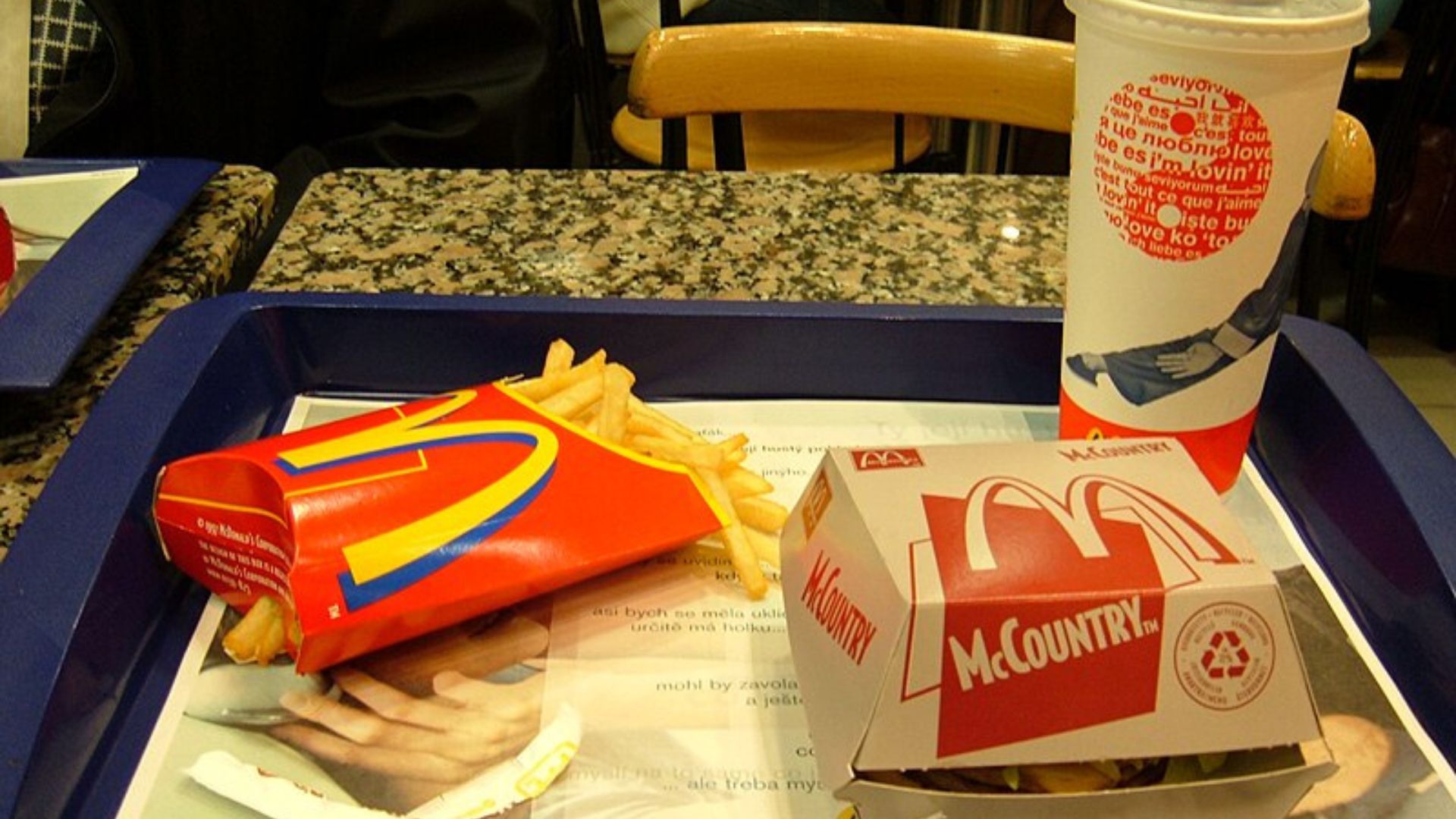
In the past decade, inflation at fast-food restaurants has been dramatic, with a majority of this inflation taking place over the past five years in response to economic conditions and COVID-19.
According to Finance Buzz, Subway prices have gone up 39%, the average menu item at McDonald’s costs 100% more than it did 10 years ago, and Panera bread prices have gone up 54%. Many popular fast-food chains have seen similar price jumps.
New Opportunity
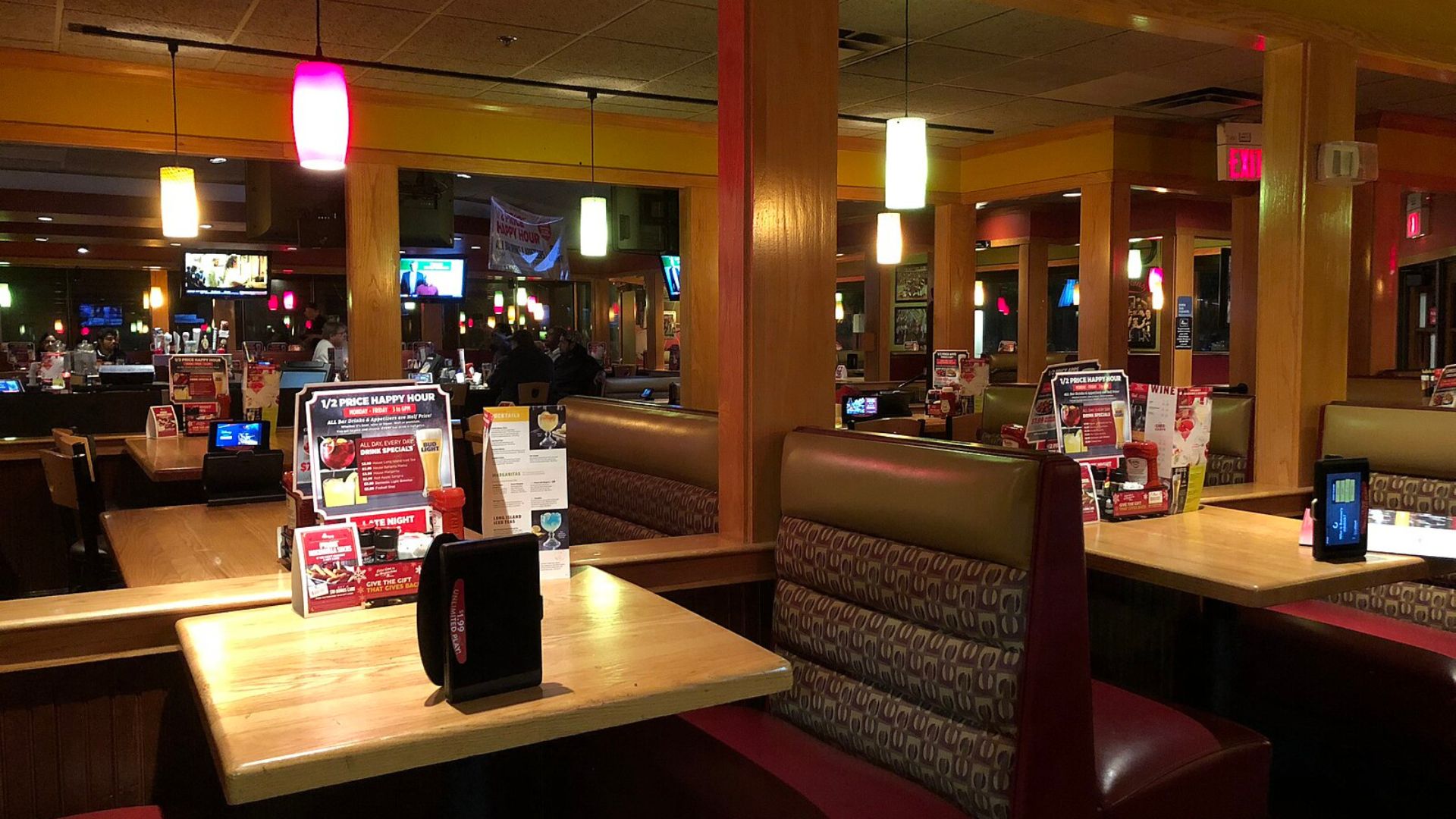
Now, sit-down restaurants that were traditionally more expensive like Applebee’s and Chili’s are attempting to take advantage of fast-food prices and compete directly with their customers.
“You can get our burger for $9.99,” said John Peyton, CEO of Applebee’s parent company Dine Brands. “Why would you take a $10 burger … that you can eat in a bag out of your car?”
Chili’s Going After Fast Food
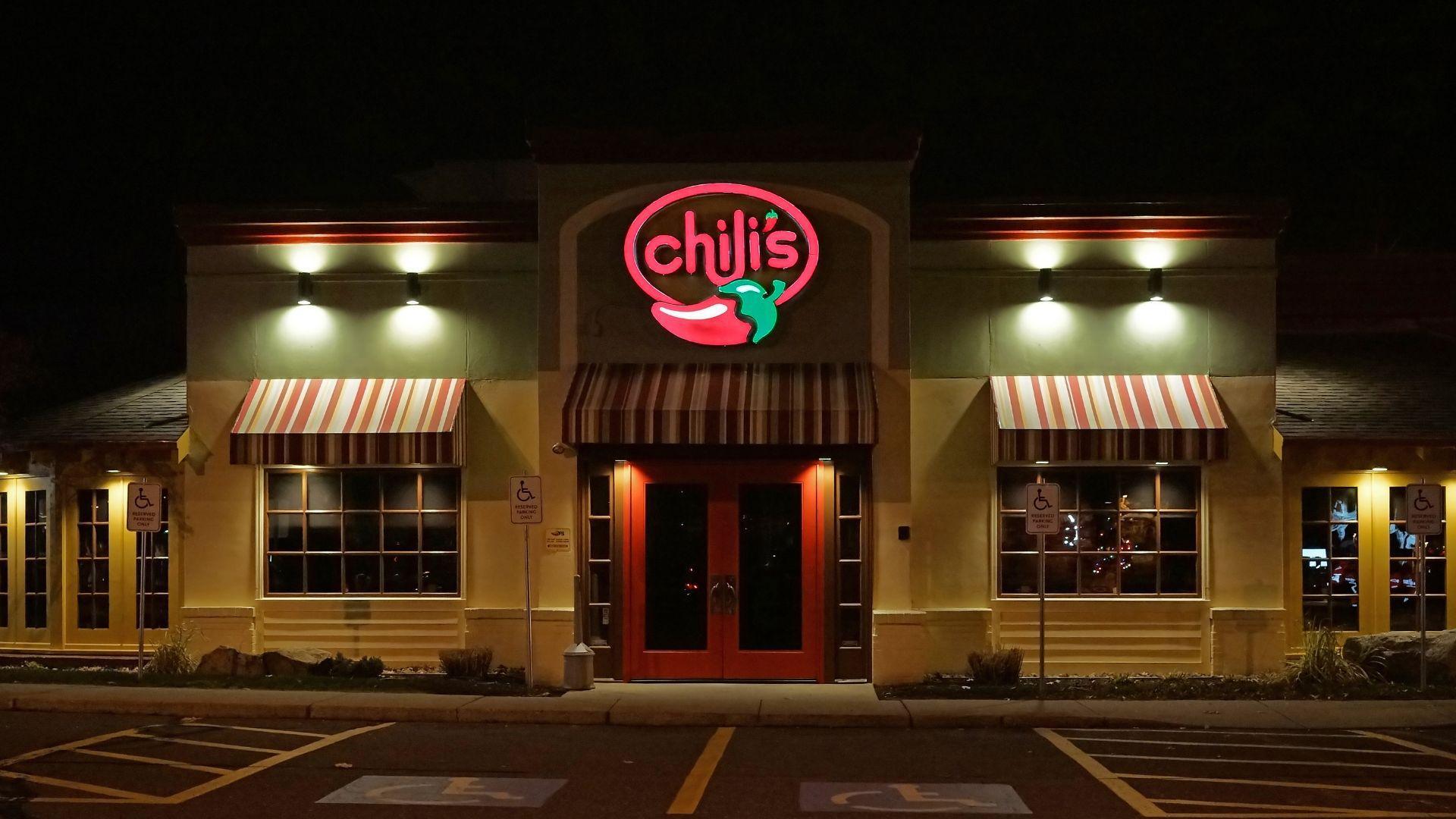
On the social media platform X, the official Chili’s account has been going after fast food with intense vigor, with many of their recent posts being entirely focused around a fast food comparison.
“Fast food planted this cause they’re scared of our prices,” one post said responding to news that some Chili’s locations are shutting down.
Fast Food Quaking
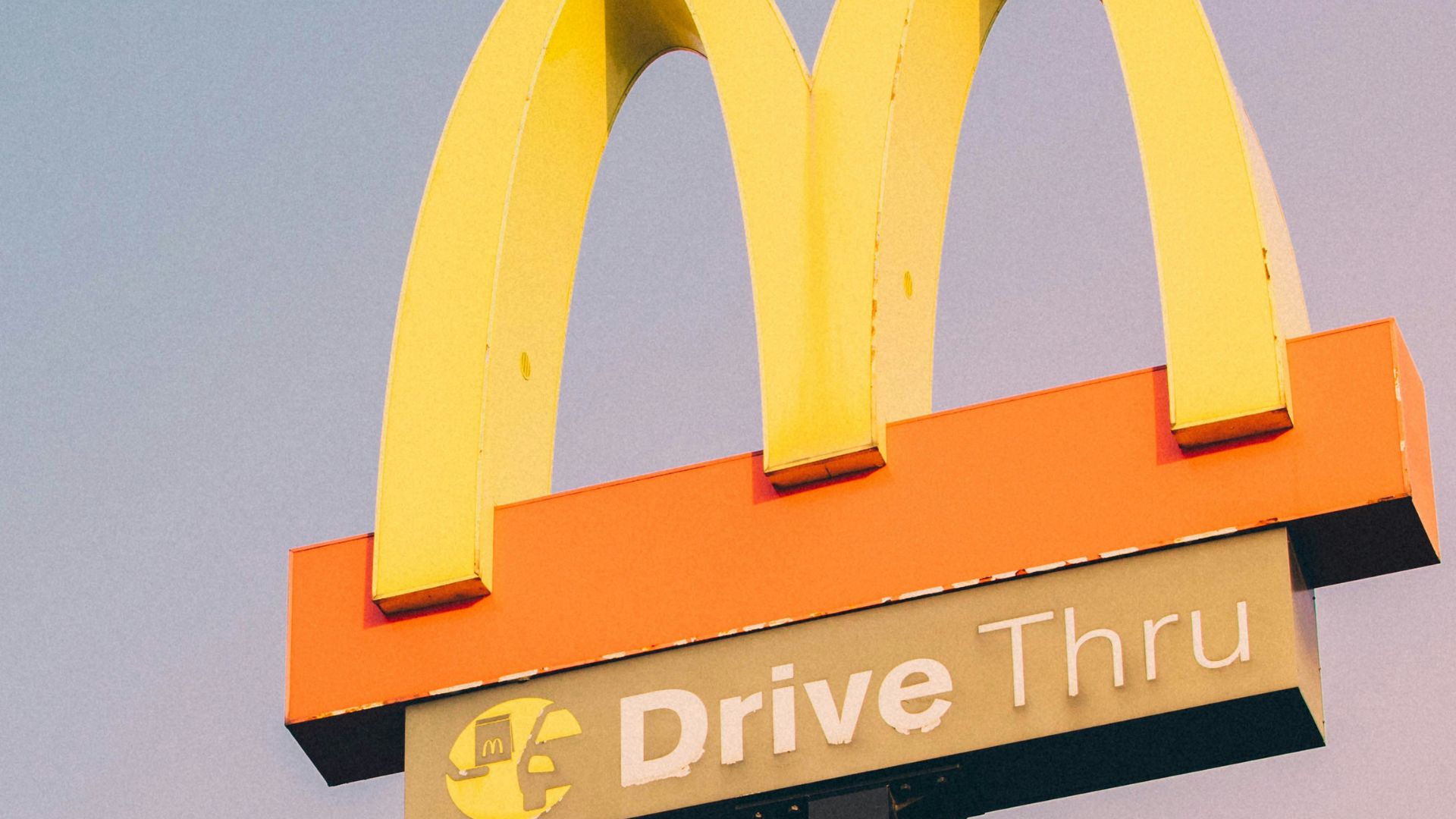
One X user wrote “i hate when my drive thru order is like $20-$30 because i could have just gone to Chilis.”
Chili’s saw this post and responded with a quick quip. “Fast food is quaking,” Chili’s said on X.
Your Favorite Could Never
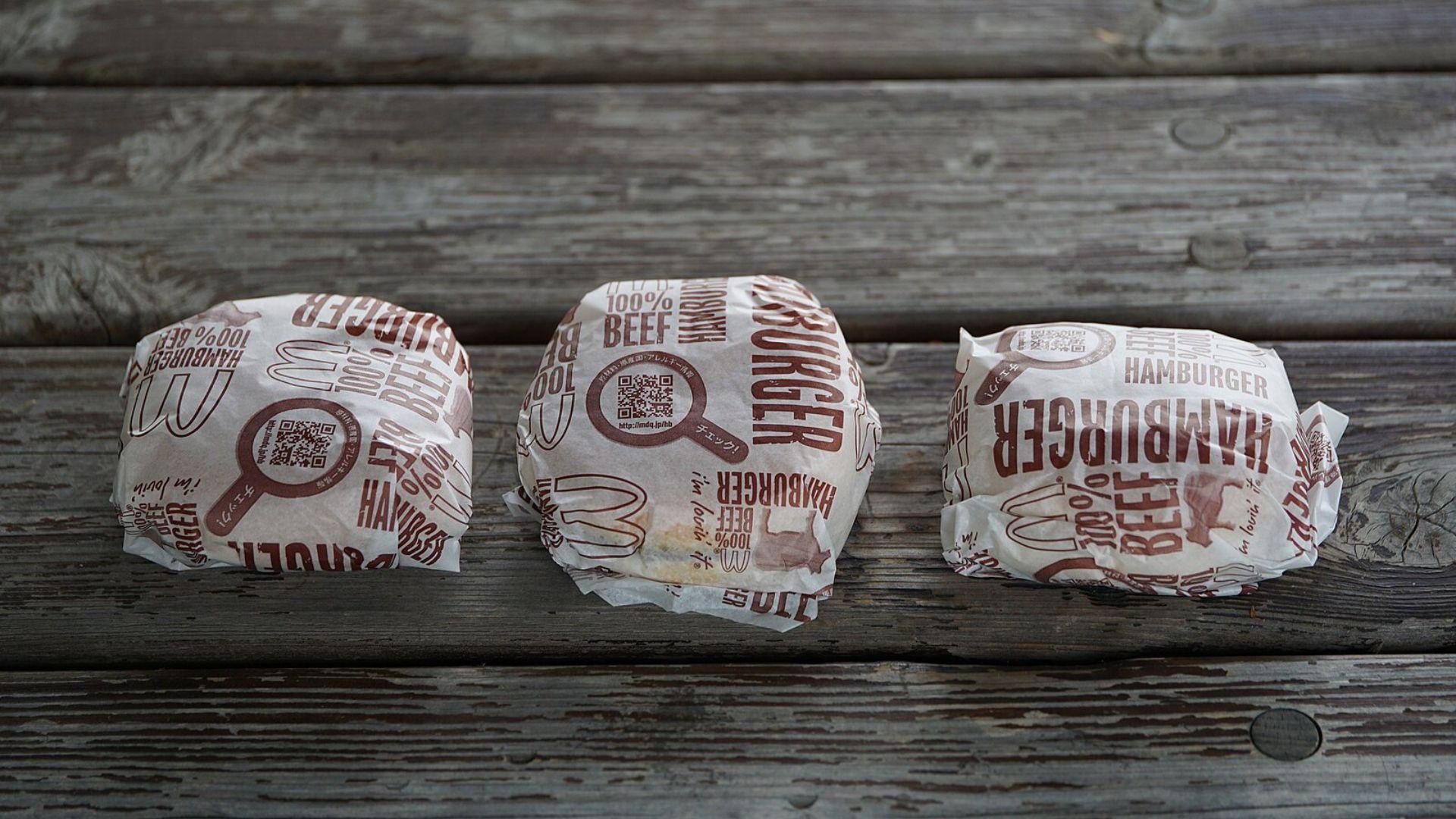
In response to a CNBC story posted on X that documented the rising cost of fast food, Chili’s put out an X post over their own in response that got over 1000 likes.
“don’t forget – you can get a drink, chips and salsa, burger AND fries for $10.99 at Chili’s ur fav could literally never,” Chili’s said in an X post.
How Are These Sit-Down Restaurants Competing On Price?
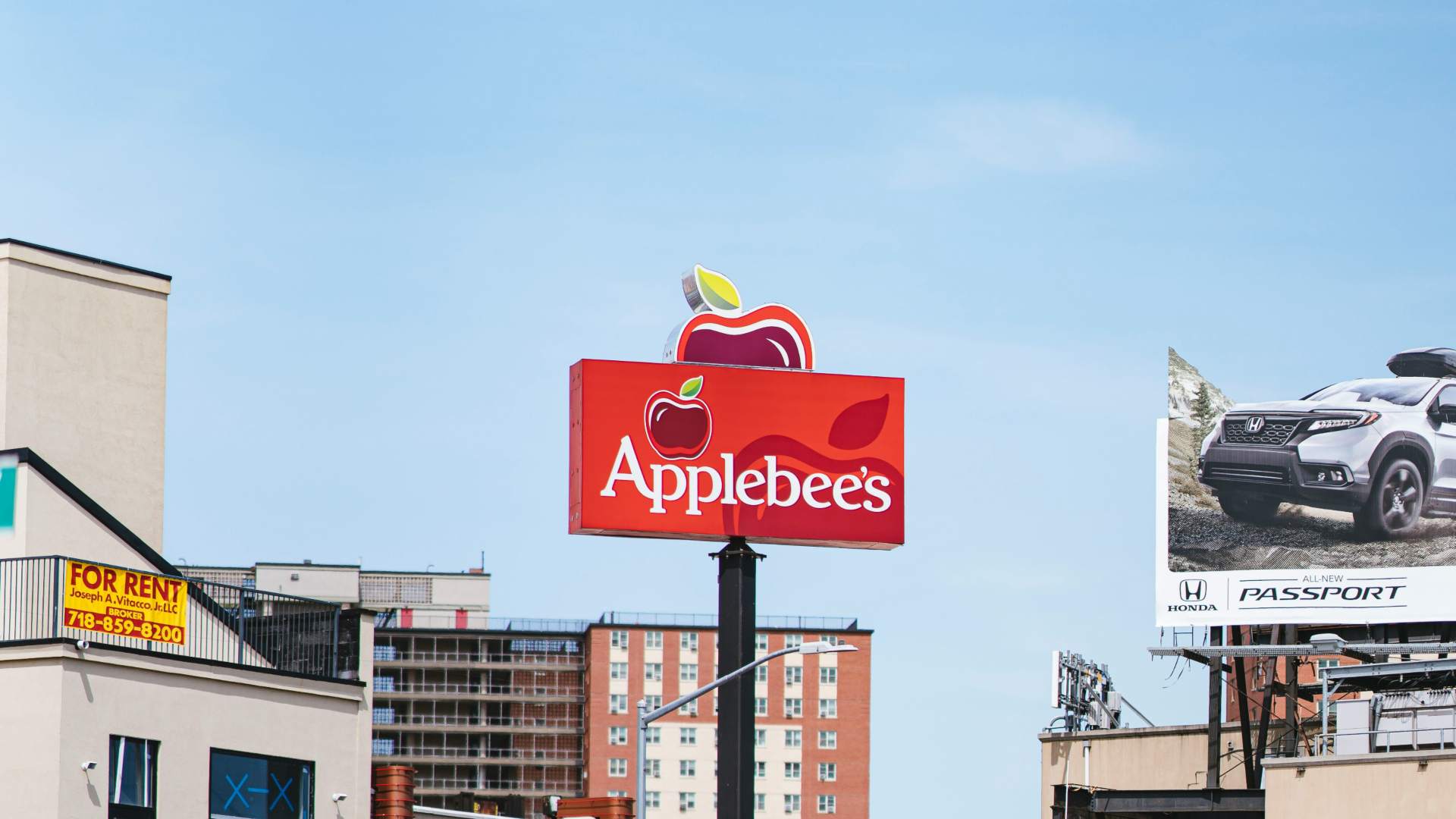
It seems that now fast-food restaurants can make do with people paying more even if it potentially means fewer customers. One reason for this might be because now they don’t have to hire as much staff to serve as many customers, driving down their operating costs.
Fast-food restaurants are also placing a heavy emphasis on forcing customers to use apps to get the best deals, meaning the prices someone sees at the drive-through window are often higher than what someone can get by carefully utilizing deals through the app.
Why Are Fast-Food Prices Going Up?
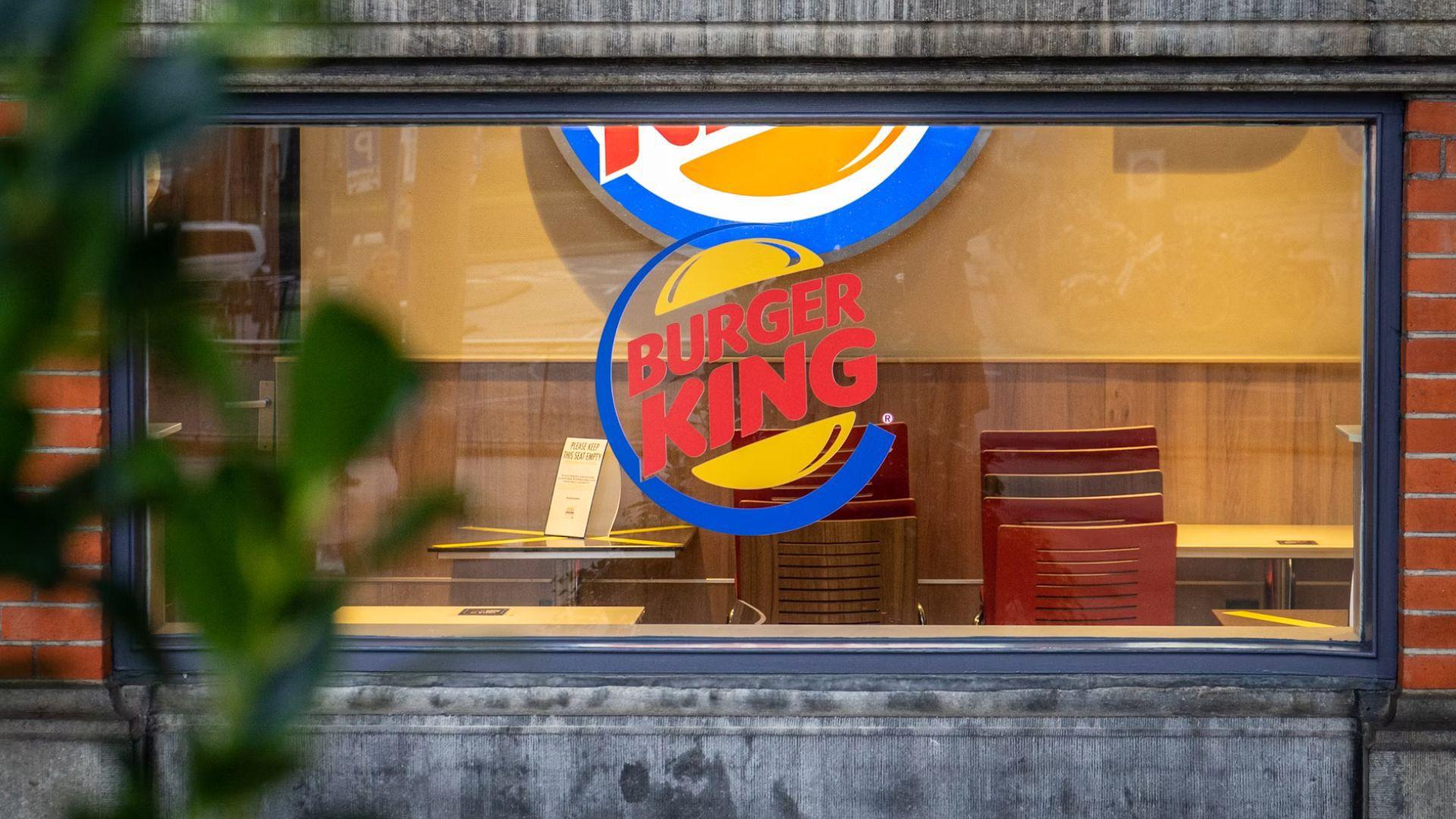
While there is a natural inflation in the economy that drives all prices up, fast-food companies pass much of that cost onto their customers through menu prices.
Inflation during the pandemic peaked at 9.1% in June 2022. Combined with increases to the minimum wage in some states for fast-food workers these events have further contributed to the cost burden on fast-food restaurants and consequently their customers.
Eating At Home

The rising cost of eating out, particularly with fast food which was once considered a cheap option, has many people choosing to eat at home instead.
“Eating at home has become more affordable,” said McDonald’s CEO Chris Kempczinski in an investor call in February. “The battleground is certainly with that low-income consumer.”
Competition With Grocery Stores
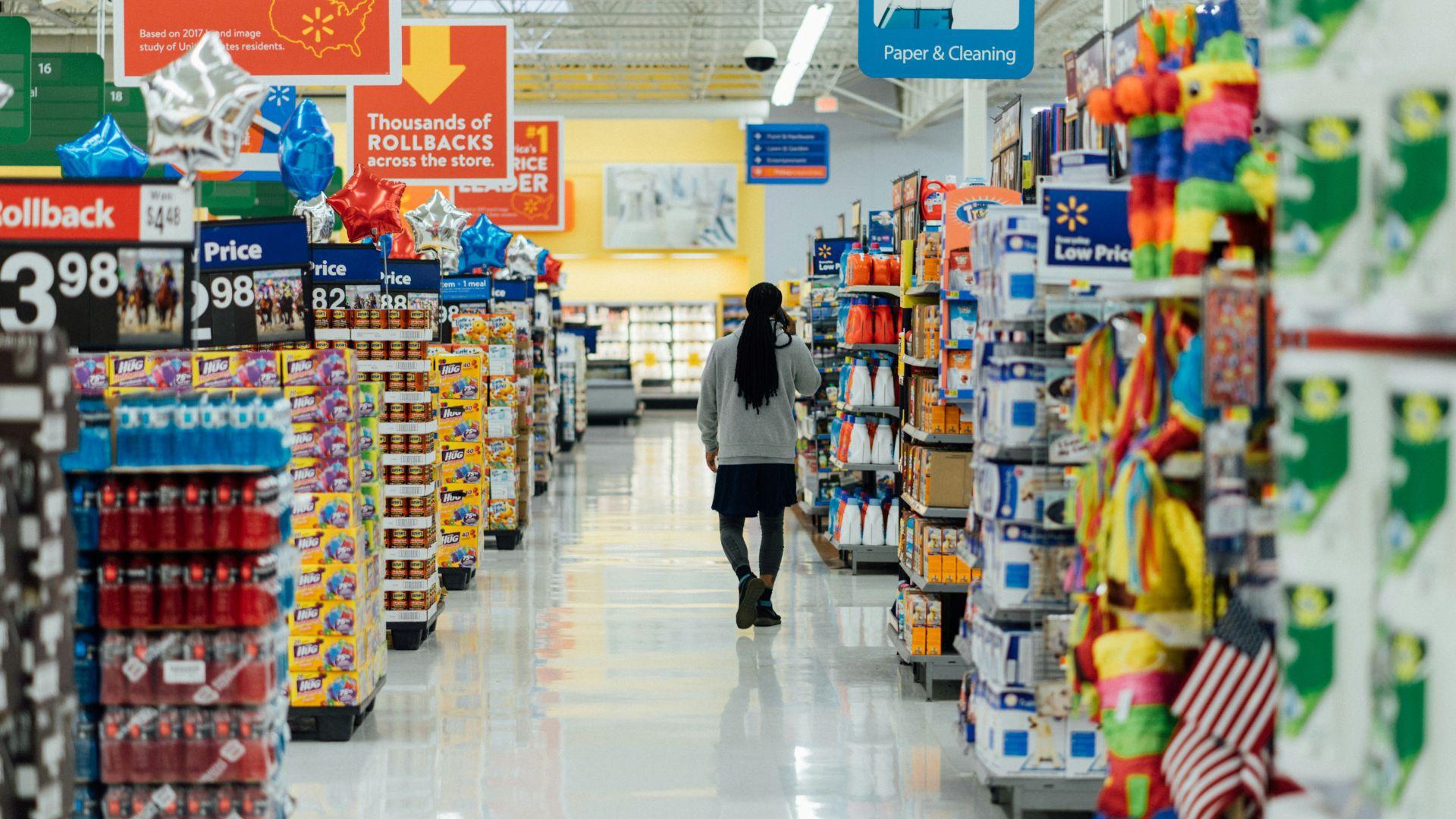
While food prices have been rising across the board, some common grocery items have recently been falling in price. Also, inflated prices on grocery goods have not been rising as fast as takeaway dining.
According to the Consumer Price Index by the Bureau of Labor Statistics, the food at home category only rose by 1.3% in the past year, but food away from home prices rose by 5.2%
Increased Competition
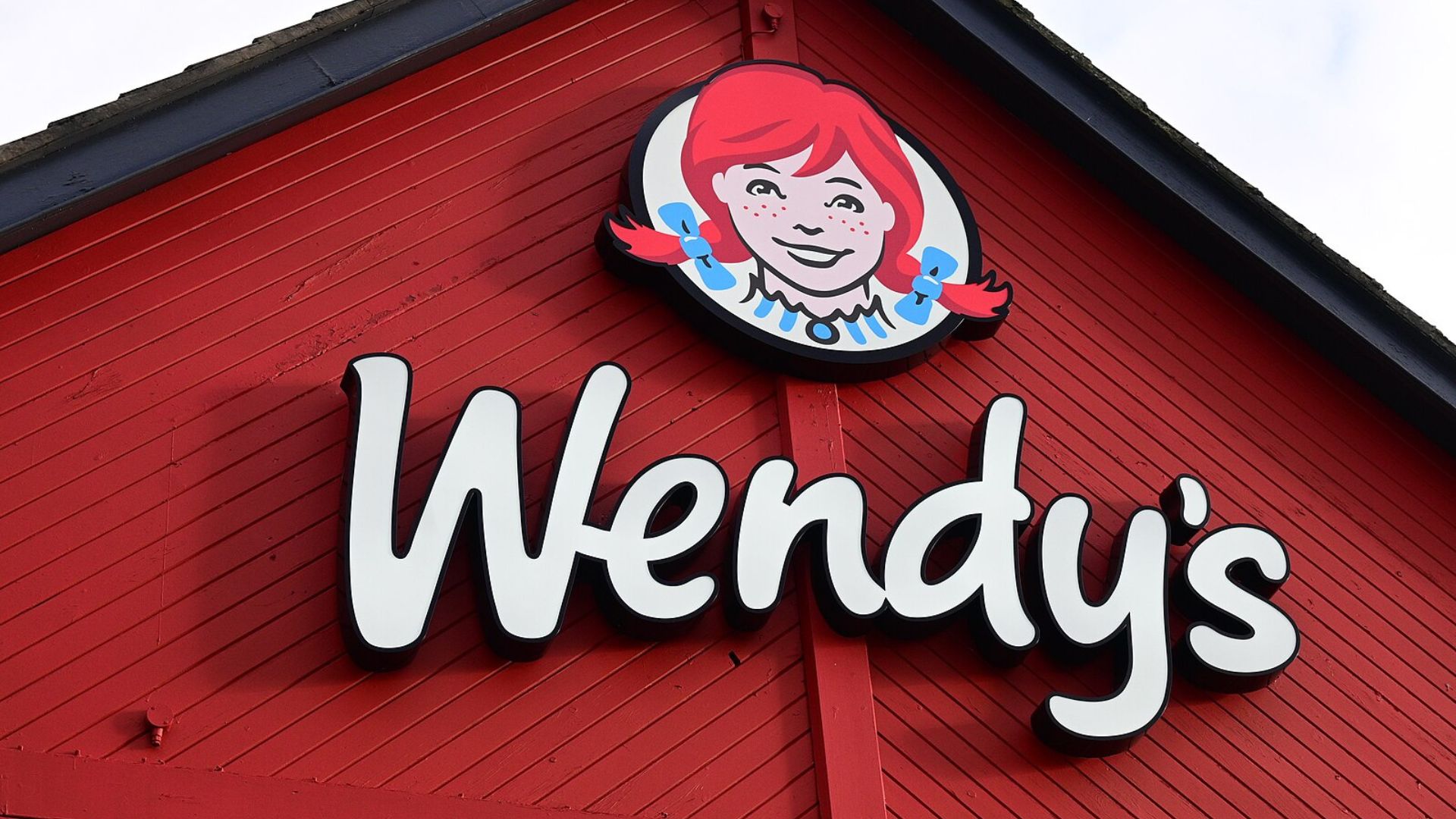
Now that fast-food and sit-down restaurants are competing for the same pool of shrinking customers fed up with prices, competition is becoming fierce.
“It’s a smaller pie today than it was a year ago,” said David Henkes a senior principal at Technomic, a food industry research and consulting firm. “You’re competing for a share of a smaller market. And so it is more competitive.”
Time Consideration
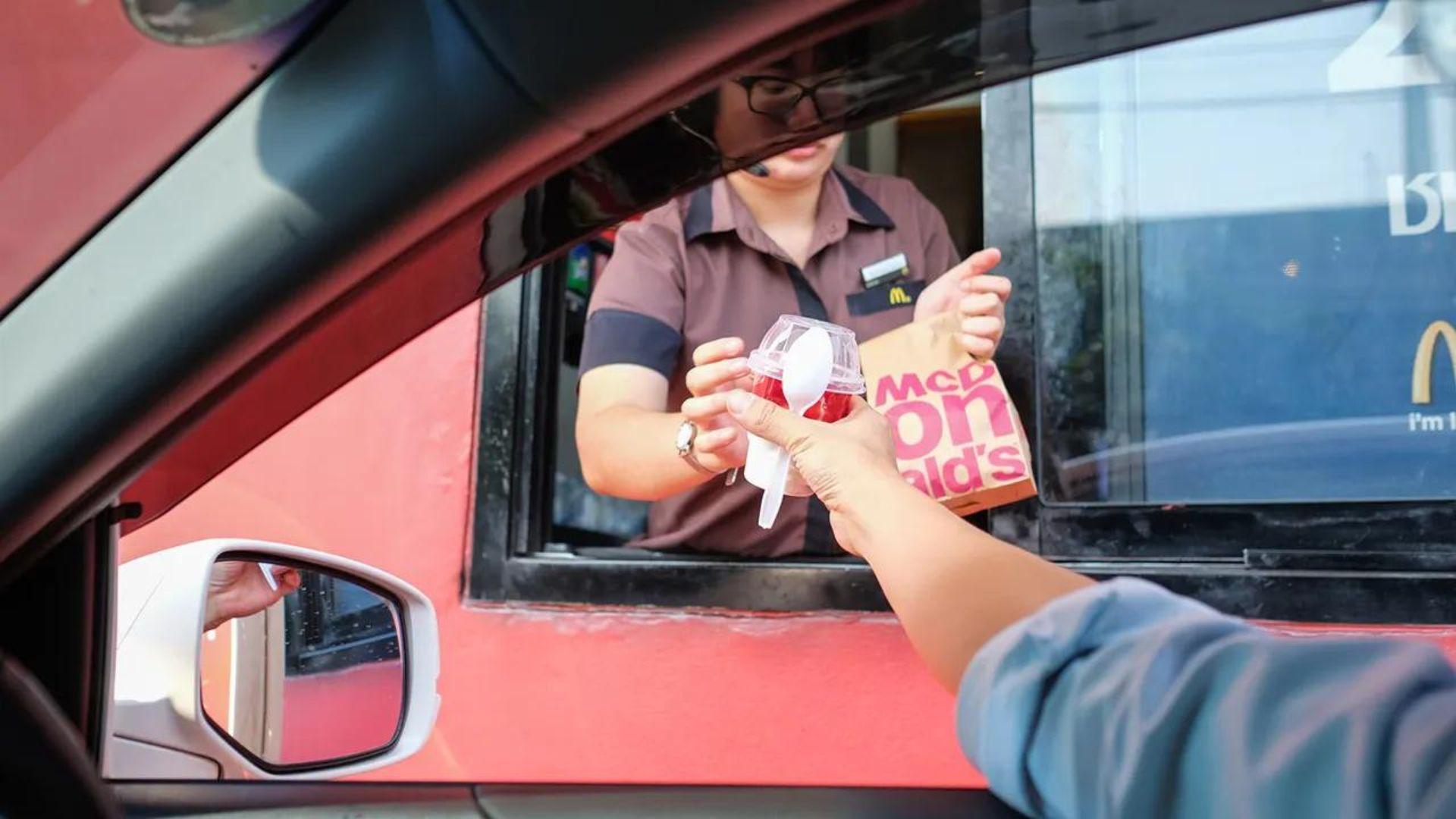
Although sit-down chains are excited to now be competing on price with fast food, they are also competing on time, meaning they may not appeal to every fast-food customer.
“People go to sit-down restaurants, generally speaking, for different occasions, than they go to fast food restaurants,” said Henkes. A sit-down meal may take an hour, whereas a drive-through will hopefully only take a handful of minutes.
